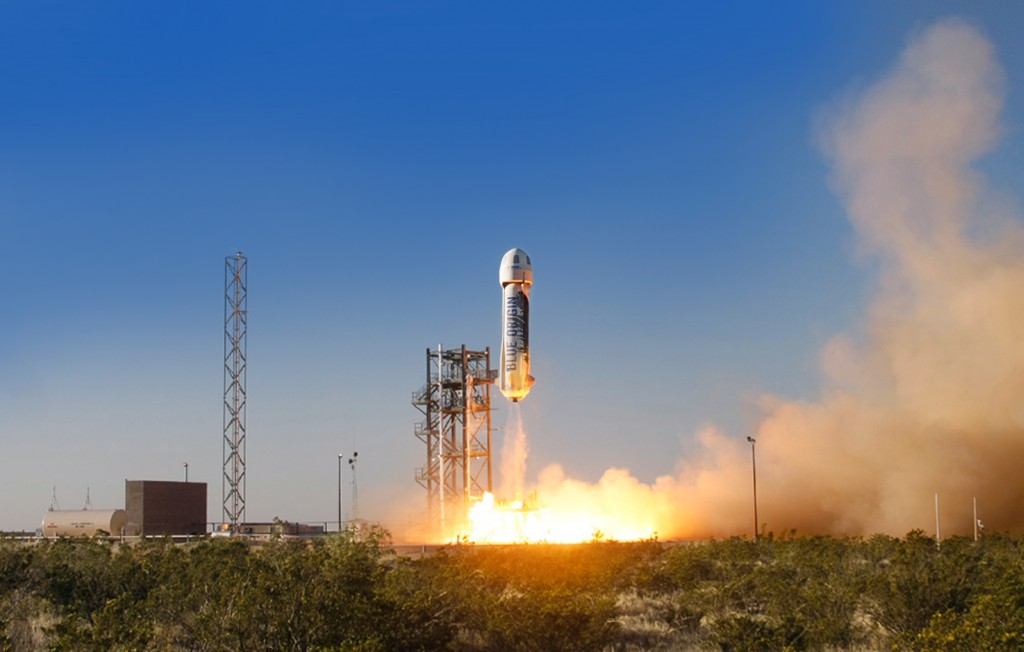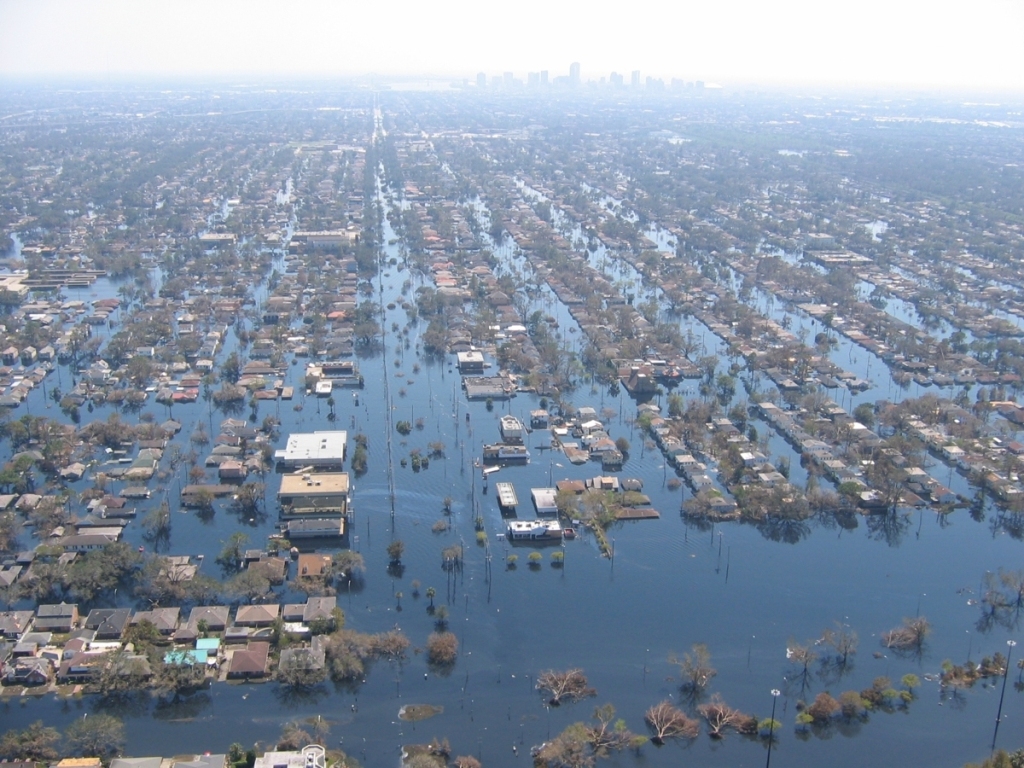Here’s one of my recent WIRED stories as well as the last two pieces I’ve published as a freelance writer, in Aeon magazine and Nautilus magazine. Thanks as usual to my excellent editors! I’m only posting brief excerpts here, so if you’re interested, please check out the whole thing using the links below.
I don’t update this website as much anymore, but you can stay up-to-date with my new and improved newsletter, Ramin’s Space!

Decolonizing the cosmos
Instead of treating Mars and the Moon as sites of conquest and settlement, we need a radical new ethics of space exploration.
Within four years, American astronauts will once again plant their feet and flags on the Moon’s dusty surface. They won’t be alone: Chinese, European and Russian space agencies have their sights on our nearest celestial body too, as do space companies such as Moon Express and Jeff Bezos’s Blue Origin. If their plans come to fruition, astronauts and their robots will claim the most valuable spots and mine the Moon for water, ice and other resources. Our lunar neighbor will never be the same again.
The Moon is only a foothold, a first step on the edge of a vast landscape. Humanity stands on the brink of a new era of exploration, in which brief, intermittent and tentative space jaunts could be replaced by a multitude of cosmic activities conducted by many competing interests. Within 20 or 30 years, crewed missions could make giant leaps toward Mars – 500 times further away than the Moon – to map out the terrain and even establish colonies. Asteroids and other distant destinations will be next. With this new age dawning, we face a collective responsibility to consider the moral challenges before us, and to avoid committing the grave mistakes of the past.
So far, attitudes to space that focus on power and profit appear worryingly similar to the mindset of European and American colonial powers. The billionaire Elon Musk’s company SpaceX has begun transforming the night sky – the cultural heritage of humanity – with its reflective constellations of satellites. Military space programmes and military space companies continue developing space weapons such as anti-satellite missiles, tests of which increasingly clog low-Earth orbit with debris. Meanwhile, if companies or anyone else carves pieces of the Moon as they please, it could irrevocably change its appearance to us, too. While NASA and other space agencies are more accountable and transparent than the space industry, they too lack a collective, long-term roadmap for what comes next. Without clear guidelines for what can and cannot be done in space, the cosmos will become not a place for collaborative exploration and shared benefits but the site of conflicts, resource extraction and pollution…
[Read the entire essay in Aeon magazine, published on 12 November.]
Race Against Time
Archaeologists’ new mission: To preserve coastal heritage from the ravages of climate change.
This past March, Isabel Rivera-Collazo was taking a walk along a stretch of rocky beach on Puerto Rico’s northern coast when she noticed the telltale sign of a fresh water line. The area—which Rivera-Collazo is reluctant to describe in too much detail, fearing potential looters—is not far from Playa Machuca, where the sand turns a silty black and surfers brave rough waters.
Here is where centuries ago, before the violent arrival of Spanish conquistadors, indigenous people built sacred ceremonial plazas known as bateyes. These bateyes hummed with activity, the locus of trade and travelers coming by sea and by river. Now, as far as Rivera-Collazo knows, this is the only surviving archaeological site on the island with bateyes, which now appear as sunken areas of varying shapes, their edges marked by earthen mounds. They sit mostly empty, occasionally visited by migrating ducks, as one bateye has filled with seawater. The untrained eye might not see much but buried in sand and rock are historical artifacts like pottery and tools, some dating back centuries before the arrival of the conquistadors.
Rivera-Collazo, an environmental archaeologist at the Scripps Institution of Oceanography in La Jolla, California, is especially interested in how climate and environmental change impact human vulnerability. For her, the issue is personal: As a native Puerto Rican, Rivera-Collazo is acutely aware that coastal areas like this are on the front lines of climate change, and that objects of incalculable historical importance are lost to the ocean with each passing storm. The coast is important, she says, because so much precolonial history not lost to Spanish colonization can be found there. “But climate change is washing away these archaeological sites all the time,” she says. “That’s why we are so adamant and in such a hurry to document them”…
[Read the entire piece in Nautilus magazine, published in December.]
The US Space Force Wants to Clean Up Junk in Orbit
Debris from a Russian anti-satellite weapons test adds new urgency to international and government efforts to get rid of high-flying trash.
Early Monday morning, a field of debris hurtled at some 17,000 miles per hour through the part of space where a derelict Russian satellite, Cosmos 1408, once orbited. Later that day, US State Department officials claimed that the 1,500-plus bits of flotsam originated from a Russian test of an anti-satellite missile. The risks of so much floating junk immediately became apparent: The fragments flew dangerously close to the International Space Station, forcing the crew to take shelter in the least vulnerable parts of the spacecraft.
The situation could’ve played out like the scene in the 2013 movie Gravity in which an astronaut, played by Sandra Bullock, flees the ISS as it’s destroyed by a massive clump of orbiting debris. The real shower of shrapnel missed the ISS, but it continued to make close passes every 90 minutes or so. Some of it will likely remain in orbit for decades. Russian officials, who on Tuesday confirmed the weapons test, claim the fragments aren’t a hazard for space activity.
US officials think otherwise. “The debris created by Russia’s [anti-satellite test] will continue to pose a threat to activities in outer space for years to come, putting satellites and space missions at risk, as well as forcing more collision avoidance maneuvers,” stated General James Dickinson, head of the US Space Command, in a press release on Monday. “Space activities underpin our way of life and this kind of behavior is simply irresponsible”…
[Read the entire piece in WIRED magazine, published on 17 November.]








